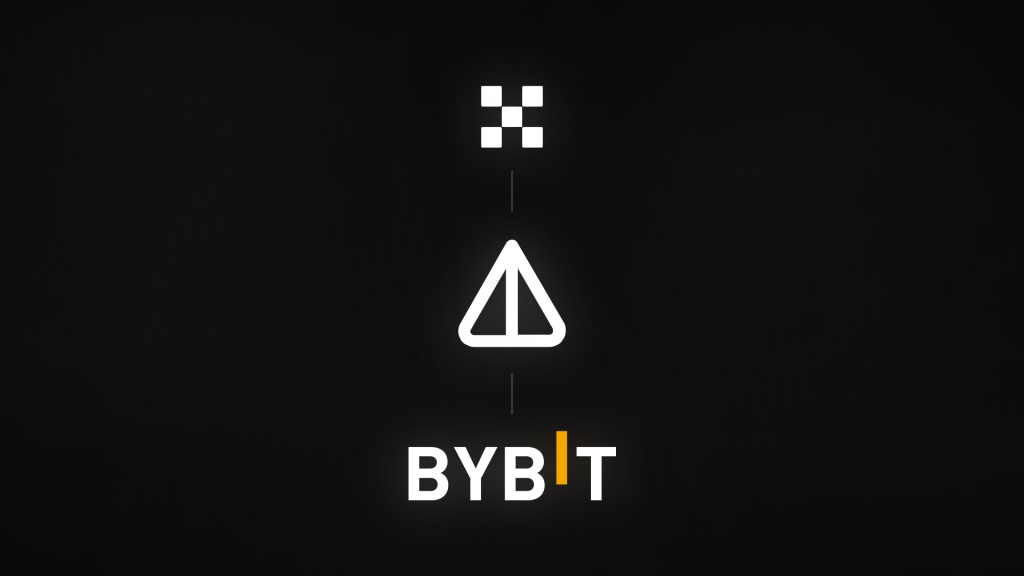Bitcoin and Ethereum are the two most popular and influential cryptocurrencies in the world. They both use blockchain technology, a distributed ledger that records transactions and ensures their validity and security. However, they have different purposes, features, and challenges. In this article, we will compare and contrast the Bitcoin Network with the Ethereum Network, focusing on their transaction speeds, transaction fees, consensus mechanisms, scalability, and innovation potential.
Transaction Speeds
One of the main factors that affect the performance and usability of a cryptocurrency is its transaction speed, or how fast it can process and confirm transactions on its network. Transaction speed depends on several factors, such as the block size, the block time, the network congestion, and the network capacity.
The Bitcoin Network has a fixed block size of 1 megabyte (MB), which limits the number of transactions that can be included in each block. The average block time is 10 minutes, which means that a new block is added to the blockchain every 10 minutes. However, due to the high demand and limited supply of block space, transactions often have to wait in a queue, or mempool, until they are selected by miners to be included in a block. Depending on the network congestion and the transaction fee paid by the sender, transactions can take from a few minutes to several hours or even days to be confirmed.
The Ethereum Network has a variable block size, which is determined by a parameter called gas limit. Gas is a unit of measure that represents the computational cost of executing transactions and smart contracts on the Ethereum network. The gas limit is the maximum amount of gas that can be spent in each block. The average block time is 12-14 seconds, which means that a new block is added to the blockchain every 12-14 seconds. However, similar to Bitcoin, transactions have to compete for block space and pay a transaction fee, or gas price, to be included in a block. Depending on the network congestion and the gas price paid by the sender, transactions can take from a few seconds to several minutes or longer to be confirmed.
According to BitInfoCharts, as of August 21, 2023, the average transaction confirmation time for Bitcoin is 9.4 minutes, while for Ethereum is 6.1 minutes. However, these numbers can vary significantly depending on the network conditions and the transaction parameters.

Transaction Fees
Another important factor that affects the performance and usability of a cryptocurrency is its transaction fee, or how much it costs to send a transaction on its network. Transaction fee depends on several factors, such as the demand and supply of block space, the complexity and size of the transaction, and the market dynamics.
The Bitcoin Network uses a fee market system, where users can choose how much they are willing to pay for their transactions to be included in a block. The higher the fee, the higher the priority and the faster the confirmation. However, this also means that when the network is congested, users have to pay higher fees to compete for limited block space. According to BitInfoCharts, as of August 21, 2023, the average transaction fee for Bitcoin was $5.32.
The Ethereum Network uses a gas market system, where users can choose how much they are willing to pay for each unit of gas consumed by their transactions or smart contracts. The higher the gas price, the higher the priority and the faster the confirmation. However, this also means that when the network is congested or when executing complex smart contracts, users have to pay higher gas prices to compete for limited gas limit. According to BitInfoCharts, as of August 21, 2023 the average transaction fee for Ethereum was $3.86.
Consensus Mechanisms
A consensus mechanism is a protocol that ensures that all the nodes in a network agree on the state and validity of the blockchain. It is essential for maintaining the security, integrity, and decentralization of a cryptocurrency. Different cryptocurrencies use different consensus mechanisms, each with its own advantages and disadvantages.
The Bitcoin Network uses a consensus mechanism called Proof-of-Work (PoW), where miners compete to solve complex mathematical puzzles and earn the right to add new blocks to the blockchain and receive rewards. PoW is considered to be very secure and resilient to attacks, as it requires a lot of computational power and energy to manipulate the blockchain. However, PoW is also very inefficient and wasteful, as it consumes a lot of electricity and generates a lot of heat and carbon emissions. According to Digiconomist, as of August 21, 2023, the Bitcoin Network had an annual electricity consumption of 121.36 terawatt-hours (TWh), which is equivalent to the power consumption of Argentina. The Bitcoin Network also had a carbon footprint of 57.81 megatons of CO2 (MtCO2), which is equivalent to the carbon emissions of Denmark.
The Ethereum Network currently uses a consensus mechanism called Ethash, which is a modified version of PoW that is designed to be more resistant to specialized hardware such as ASICs (application-specific integrated circuits). Ethash also introduces a concept called uncle blocks, which are valid blocks that are not part of the main chain but are still rewarded to reduce the incentive for selfish mining. Ethash has similar security and efficiency issues as PoW, but it is expected to be replaced by a more sustainable and scalable consensus mechanism called Proof-of-Stake (PoS) in the near future. PoS is a consensus mechanism where validators stake their own coins to participate in the network and earn rewards. PoS does not require intensive computation or energy consumption, as it relies on economic incentives and penalties to ensure honesty and security. According to Digiconomist, as of August 21, 2023, the Ethereum Network had an annual electricity consumption of 44.49 TWh, which is equivalent to the power consumption of Switzerland. The Ethereum Network also had a carbon footprint of 21.59 MtCO2, which is equivalent to the carbon emissions of Slovakia.

Scalability
Scalability is the ability of a cryptocurrency to handle a large number of transactions per second (TPS) without compromising its performance, security, or decentralization. Scalability is one of the biggest challenges facing cryptocurrencies, as they have to compete with traditional payment systems such as Visa or PayPal that can process thousands of TPS.
The Bitcoin Network has a low scalability, as it can only process about 7 TPS on average. This is due to its limited block size and block time, which create a bottleneck for transaction throughput. The Bitcoin Network has tried to address this issue by implementing solutions such as Segregated Witness (SegWit), which reduces the size of transactions by separating the signature data from the transaction data, and Lightning Network, which enables fast and cheap off-chain transactions through payment channels. However, these solutions have not been widely adopted or proven to be effective yet.
The Ethereum Network has a higher scalability than Bitcoin, as it can process about 15-20 TPS on average. This is due to its shorter block time and variable block size, which allow for more transactions per block. However, this also comes at the cost of higher network congestion and transaction fees, as well as lower security and decentralization. The Ethereum Network has also tried to address this issue by implementing solutions such as Plasma, which creates child chains that run parallel to the main chain and only report back periodically, and Sharding, which splits the network into smaller partitions that process transactions independently and concurrently. However, these solutions are still in development or testing stages.
Innovation Potential
The final factor that we will compare between Bitcoin and Ethereum is their innovation potential, or how much they can enable and support new and creative applications and use cases on their platforms. Innovation potential depends on several factors, such as the flexibility, functionality, and interoperability of the platform, as well as the size, diversity, and activity of the developer and user community.
The Bitcoin Network has a low innovation potential, as it is designed to be a simple and secure digital currency that serves as a store of value and a medium of exchange. The Bitcoin Network has a limited scripting language that only supports basic transactions and smart contracts, such as multisig, timelock, and escrow. The Bitcoin Network is also isolated from other blockchains and platforms, as it does not have native support for cross-chain communication or integration. The Bitcoin Network has a large and loyal user base, but a relatively small and conservative developer community that focuses on maintaining the stability and security of the network rather than experimenting with new features or applications.
The Ethereum Network has a high innovation potential, as it is designed to be a general-purpose and programmable platform that supports a wide range of decentralized applications (DApps) and smart contracts that can run on its virtual machine (EVM). The Ethereum Network has a rich and expressive scripting language called Solidity that allows developers to create complex and customized logic and functionality for their DApps and smart contracts, such as decentralized finance (DeFi), non-fungible tokens (NFTs), gaming, social media, identity, governance, and more. The Ethereum Network is also connected to other blockchains and platforms through bridges and protocols that enable cross-chain interoperability and integration. The Ethereum Network has a large and diverse developer community that is constantly innovating and experimenting with new features and applications, as well as a growing and active user base that is eager to adopt and use them.
Conclusion
Bitcoin and Ethereum are the two leading cryptocurrencies in the world, but they have different visions, goals, and features. Bitcoin aims to be a simple and secure digital currency that can serve as a global store of value and a medium of exchange. Ethereum aims to be a general-purpose and programmable platform that can support a wide range of decentralized applications and smart contracts. Both cryptocurrencies have their own strengths and weaknesses, such as transaction speeds, transaction fees, consensus mechanisms, scalability, and innovation potential. Ultimately, the choice between Bitcoin and Ethereum depends on the preferences, needs, and expectations of each user.





